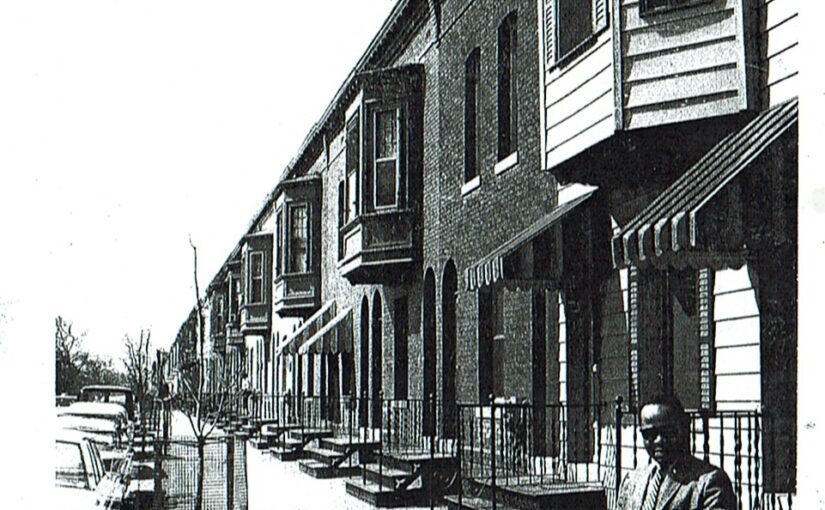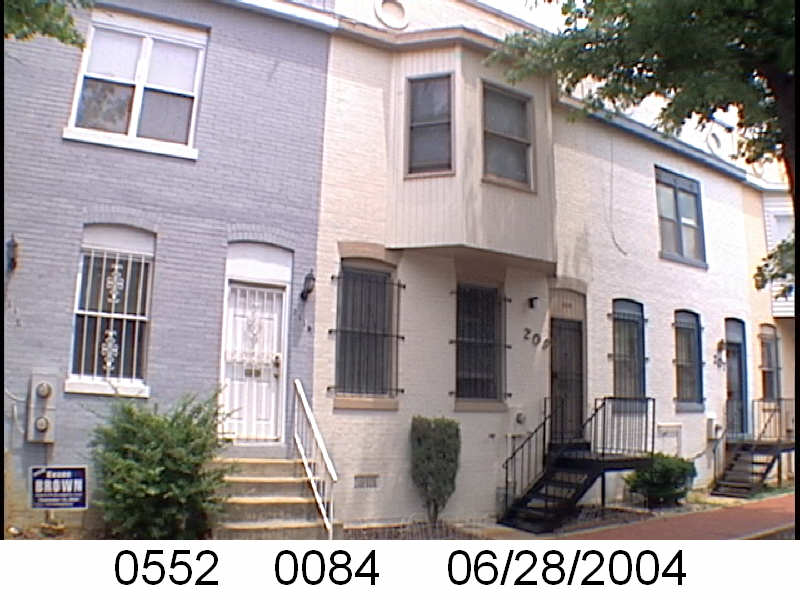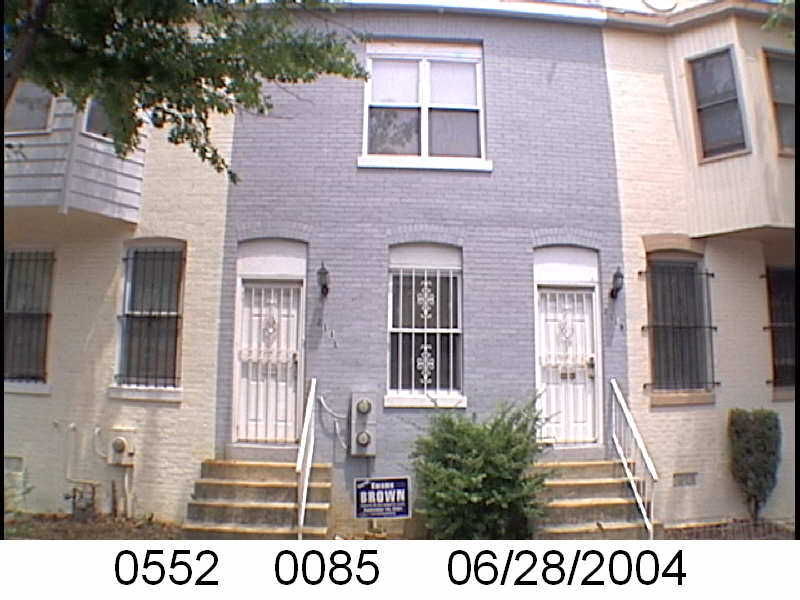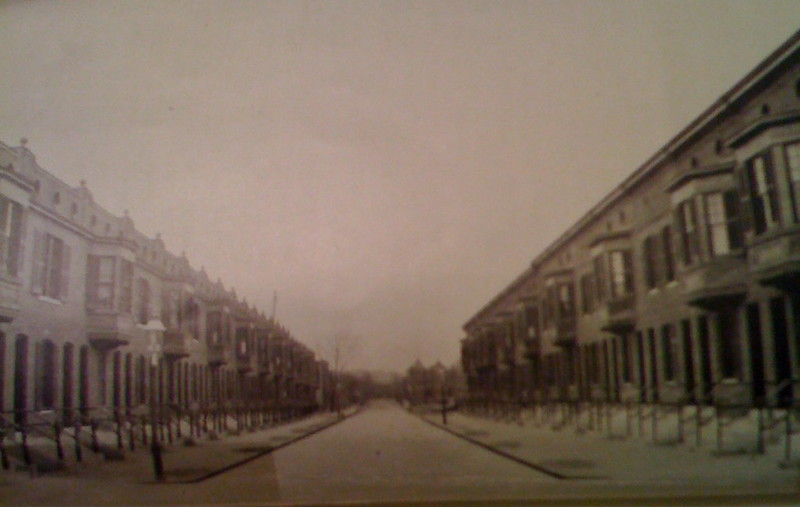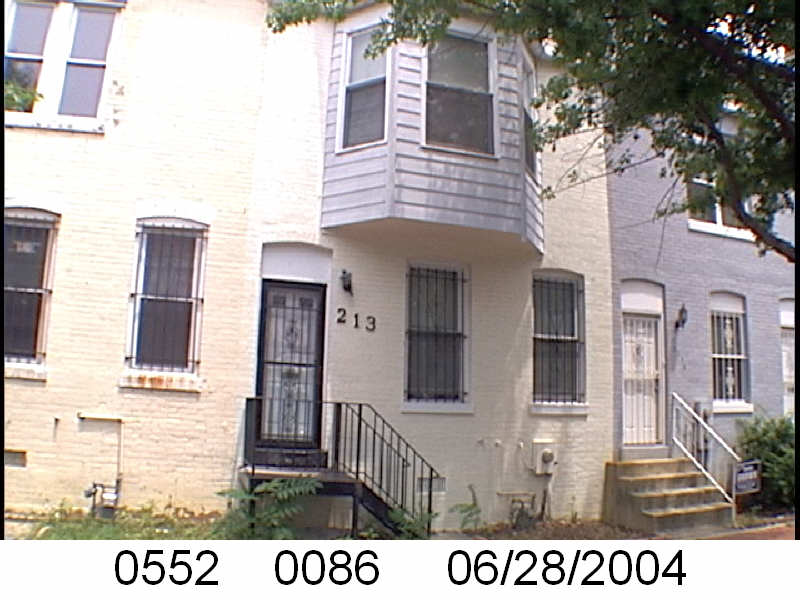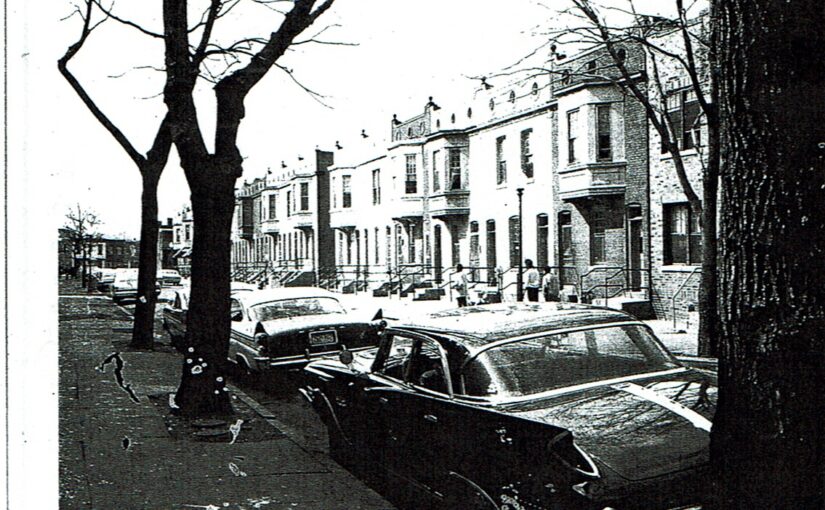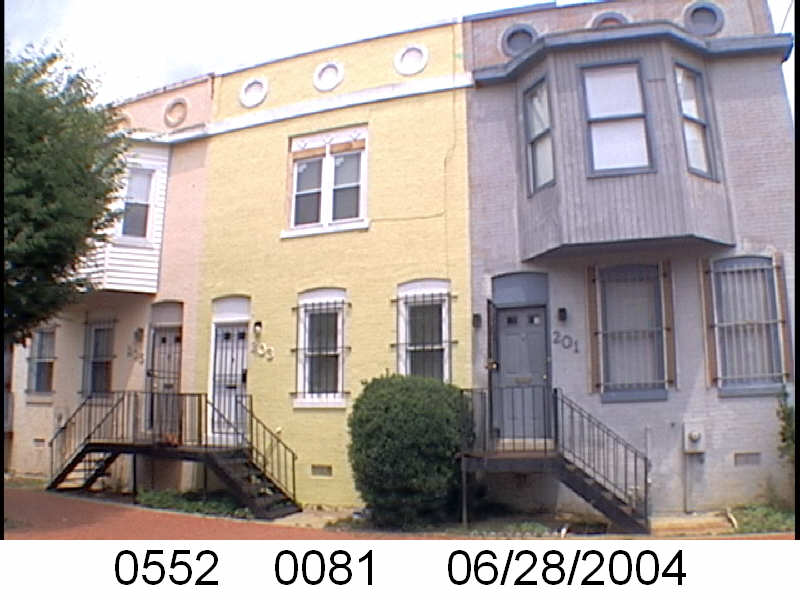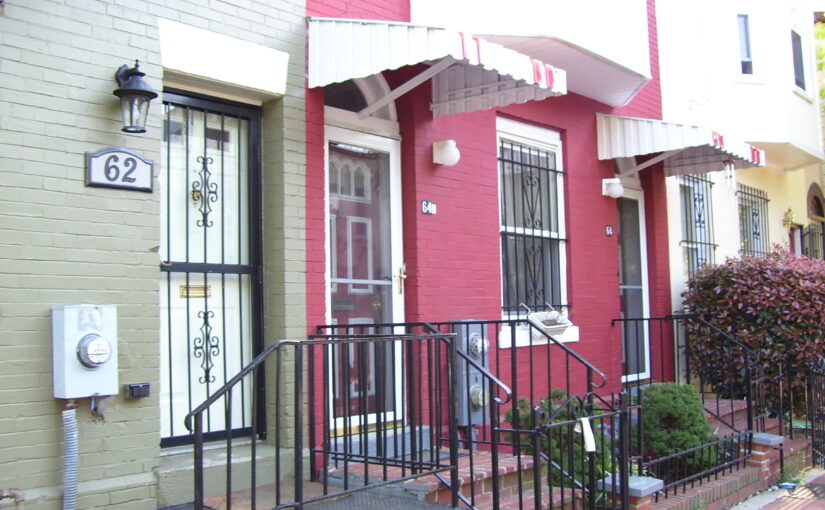The Washington Sanitary Improvement Company (WSIC) was a late 19th century charitable capitalism experiment that ended in the 1950s. This blog started looking at the homes that were supposed to be sold to African American home buyers, after decades of mainly renting to white tenants.
Looking at WSIC properties they tend to have a pattern where the properties were sold to a three business partners, Nathaniel J. Taube, Nathan Levin and James B. Evans as the Colonial Investment Co. for $3 million dollars. Those partners sold to African American buyers. There was usually a foreclosure. Then the property wound up in the hands of George Basiliko and or the DC Redevelopment Land Agency (RLA). Then there were the odd lucky ones who managed to avoid that fate.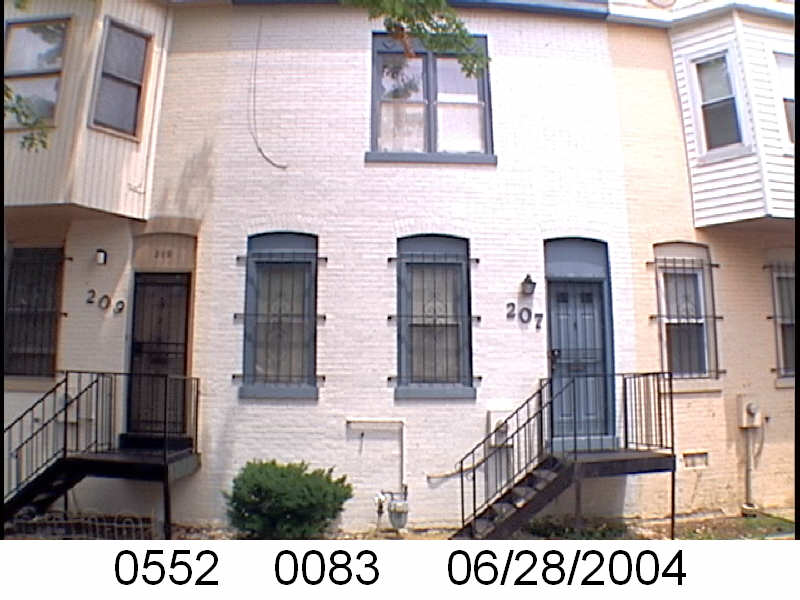
Let’s see what happens with 207 Bates St NW:
- January 1951 Evans, Levin and Taube sold one-half of 207 Bates St NW to Beatrice R. and Edgar P. Harris.
- Jan 1951 Mr. & Mrs. Harris borrowed $2,525 from Colonial Investment Co. favorite trustees Abraham H. Levin and Robert G. Weightman.
- April 1951 Evans, Levin, and Taube sold the other half of 207 Bates St NW to Herbeth B. and Robert M. McCray.
- April 1951 the McCrays borrowed $2,525 from trustees Abraham H. Levin and Robert G. Weightman.
- March 1962 the McCrays were released from their mortgage.
- October 1964 Mr. & Mrs. Harris sold their half to George Basiliko.
- October 1971 Sophia and George Basiliko, along with a divorced Herbeth Brown McCray sold 207 Bates to the DC Redevelopment Land Agency (RLA) for the sum of $12,000.
- Prob. 1979-1980 as there is no documentation, it appears DC RLA sold/ transferred the property to the Bates Street Associates (BSA) Limited Partnership.
- April 1982 the BSA resold the property back to the government of the District of Columbia.
It doesn’t fit the usual pattern, as there was no foreclosure, but it wound up in the hands of George Basiliko, the DC RLA and BSA.

